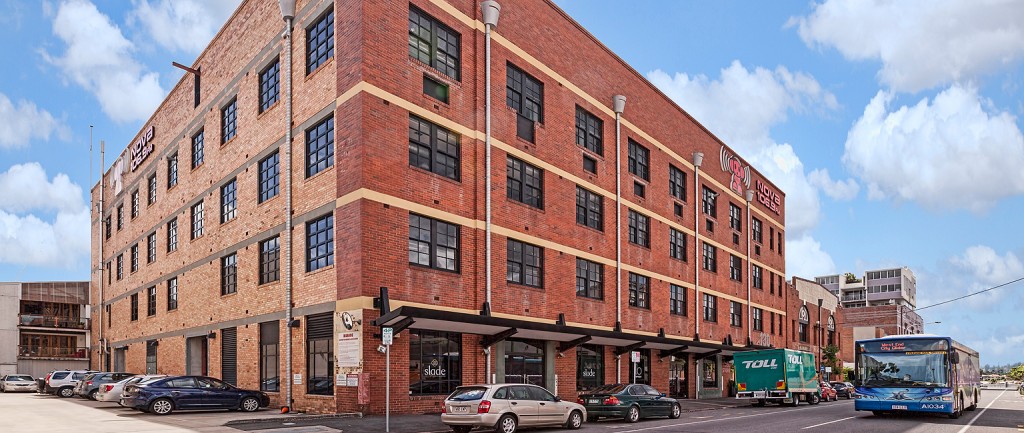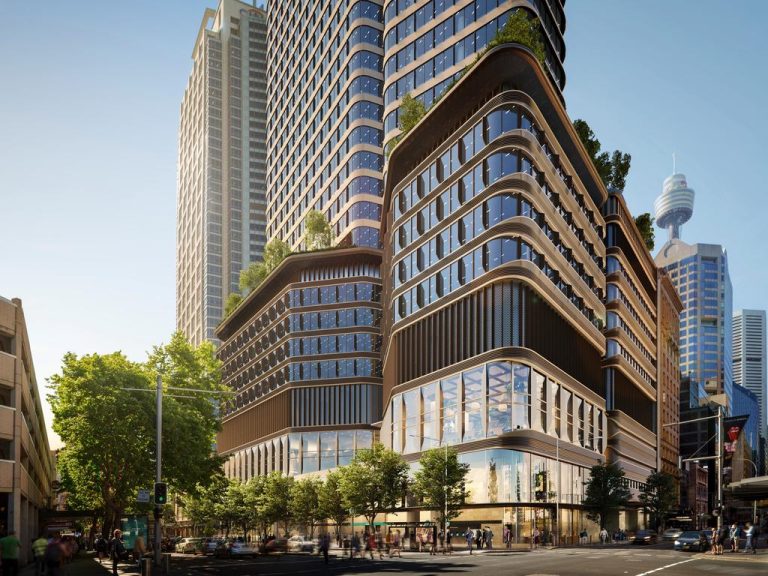Investors clamour for slice of student accommodation market

Developers and investors are looking to capitalise on the booming education market, as a number of Queensland local governments lower infrastructure charges to ease the way.
A new CBRE Viewpoint highlights how local governments are becoming increasingly strategic as they vie to attract new development, with the education sector identified as a key growth area.
CBRE research analyst Tom Broderick says Brisbane City Council is proactively looking to capitalise on and “has reduced infrastructure charges for new student accommodation developments by up to 80%”.
Foreign influx: A world of opportunity for student housing investors
“This strategy has spurred an influx of development applications lodged for student accommodation across the city,” he adds.
Similarly, in 2014 the Fraser Coast Regional Council introduced an incentive program to attract investment to the region.
Since infrastructure contributions have been reduced there has been a significant increase in development applications lodged
This included discounts of 10–30% for commercial developments and extended payment for residential subdivisions.
Project completions in 2014, after the scheme was implemented, totaled $171 million, compared with just $31 million a year earlier.

Online Courses Australia recently signed a five-year lease on an office in Newstead.
Cairns Regional Council has also jumped on board, introducing an infrastructure charges incentive program in 2014 as part of a strategy to encourage development following the GFC.
“This program was designed to progress projects valued over $15 million by offering a waiver of up to 100% of infrastructure charges,” Broderick says.
Projects to be completed in 2016, worth $15 million and above, are expected to total $110 million compared to just $20 million in 2014.
Booming sector: Heat on developers over international student housing
The Gold Coast has also experienced a flurry of development over the past three years, after infrastructure contributions were discounted by up to 100%.
About $785 million worth of construction activity has occurred since 2012 as a result.
Meanwhile on the Sunshine Coast, Park Avenue Group has announced the launch of a $35 million student accommodation project in the Aerodrome Road precinct, comprising 83 contemporary two and three-bedroom units over four levels, ground floor cafes and shops and multiple breakout areas.
In Brisbane from 2006 to 2013 there were 194 rooms in purpose built student accommodation developments completed, while simultaneously student enrolments increased by approximately 32,000 students.

Park Avenue Group has announced the launch of a $35 million student accommodation project on the Sunshine Coast.
“However, since infrastructure contributions have been reduced there has been a significant increase in development applications lodged, with almost 4500 rooms applied for in 2015 alone,” Broderick says.
CBRE associated director of office services Mel Pikos says there has been a significant spike in demand from schools, colleges and TAFEs looking to lease commercial space.
For example, Online Courses Australia recently signed a five-year lease on a 710sqm fully refurbished open plan office at 130 Commercial Rd in Newstead, at a gross rental of $450 per square metre per annum.
“Education providers are increasing their capacity and market share across Brisbane, with this sector now presenting one of the largest net absorbers of accommodation in Brisbane,” Pikos says.
The report shows undertaking student accommodation developments in Brisbane have become so appealing that some investors are looking to the office market for conversion opportunities.
Broderick says repurposing assets like 363 Adelaide Street in the CBD for higher and better use was a trend expected to gain momentum.
“Such is the strength of incentives at the moment, 363 Adelaide Street was acquired for conversion, given the high secondary office vacancy in the CBD at present,” he says.
Boeing House at 363 Adelaide Street was sold for $47 million in February, with plans to convert the CBD office tower into a mixture of studio and multi-share student apartments.







